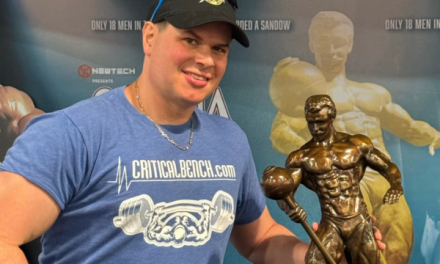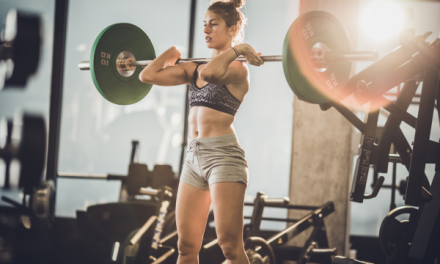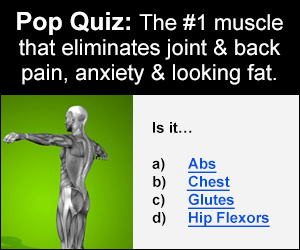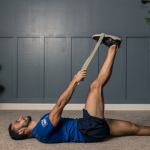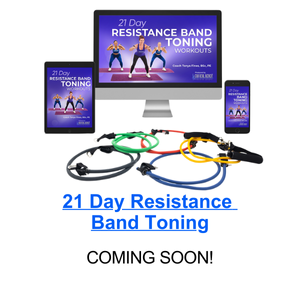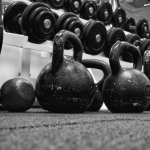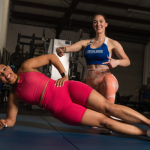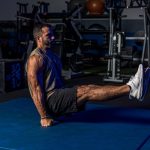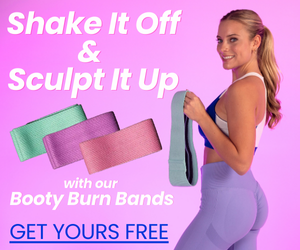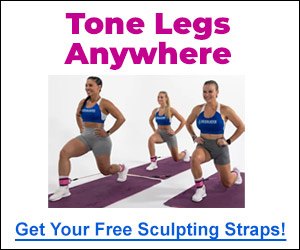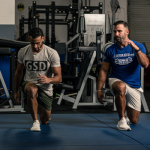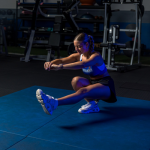Let’s get one thing straight: you don’t need a gym to get ripped.
Bodyweight workouts require zero equipment, so you can train anytime, anywhere—at home, in a park, or on the go.
Your body is all you need to crush your fitness goals.
Bodyweight exercises improve strength, flexibility, and balance, making everyday movements easier and reducing injury risk. It’s training for real life, not just the mirror.
Best of all, they are great for everyone, from beginners to seasoned athletes.
You can tailor these exercises to your fitness level, and the variety of movements and progressions keeps things interesting and challenging.
Today, we’re going to cover the best ways to maximize your bodyweight workouts.
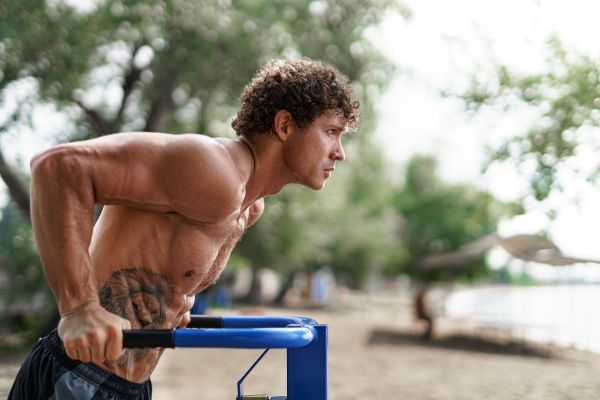
Tips for Maximizing Your Bodyweight Workout
Here are the simple tweaks you can do to see better results.
Proper Warm-Up and Cool-Down
Warming up is non-negotiable.
It preps your muscles, joints, and cardiovascular system for the workout ahead, reducing the risk of strains and sprains.
Spend at least 5-10 minutes on dynamic stretches and light cardio to get your blood flowing and muscles ready.
After your workout, cool down to kickstart recovery.
This helps reduce muscle stiffness and soreness. Spend a few minutes on static stretches, focusing on the muscles you worked.
This not only aids flexibility but also brings your heart rate back to normal.
Focus on Form and Technique
Form is king.
Without proper technique, you’re risking injury and missing out on gains.
Prioritize quality over quantity. Each movement should be controlled and precise.
Injury Prevention: Incorrect form stresses joints and muscles, increasing injury risk. For example, poor squat form can injure knees; bad push-up form strains shoulders.
Maximizing Efficiency: Proper form targets muscles effectively, enhancing strength and muscle gains. As an example, correct push-ups engage chest, core, shoulders, and triceps.
Building a Strong Foundation: Mastering basic movements safely leads to advanced exercises. For example, perfect squats enable progression to one-legged or jump squats.
Improving Posture and Mobility: Good form improves overall posture and mobility.For example, a neutral spine during planks supports better spinal alignment.
Progressive Overload
To keep gaining strength and muscle, you need to challenge your body progressively.
This is the principle of progressive overload. Increase the difficulty of your workouts over time by adding more reps, sets, or trying more challenging variations.
Here are some examples of utilizing progressive overload:
Push-ups: Start with knee push-ups, progress to standard push-ups, then try decline push-ups or one-arm push-ups.
Squats: Begin with bodyweight squats, progress to pistol squats, or add jump squats for an extra challenge.
Planks: Start with basic planks, move to side planks, and then try plank variations with leg lifts.
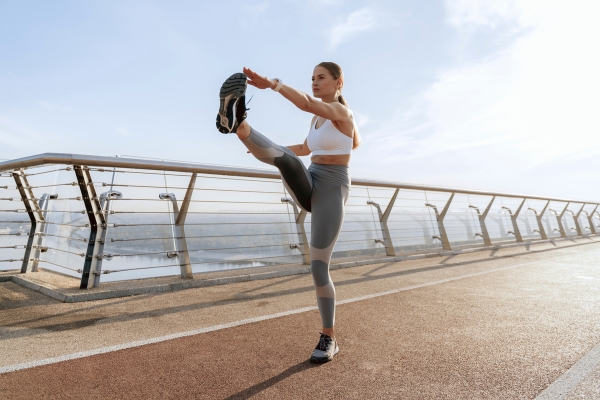
Incorporate Variety
Variety keeps your workouts effective and engaging.
Your body adapts quickly, so regularly changing your routine prevents plateaus and keeps progress steady.
Mix different exercises, styles, and intensities to keep challenging your muscles.
Here are some examples of different variations of common bodyweight exercises:
Upper Body: Push-ups, dips, handstand push-ups, plank to push-ups.
Lower Body: Squats, lunges, step-ups, glute bridges.
Core: Planks, mountain climbers, bicycle crunches, Russian twists.
Full Body: Burpees, bear crawls, jump squats, inchworms.
Utilize Tempo and Time Under Tension
Tempo training involves controlling the speed of your reps to increase the time your muscles are under tension.
This boosts muscle endurance and growth.
The standard tempo is 3 seconds lowering, 1 second pause, and 1 second lifting.
Slowing down your reps increases the muscle’s time under tension, leading to greater muscle fiber activation and growth.
It also enhances control, focus, and form, making each rep more effective.
Consistency is Key
The importance of consistency cannot be overstated.
Regular workouts ensure steady progress and adaptation.
It’s not about how hard you work out once, but how consistently you show up over time.
Here are some tips on how to stay consistent with your bodyweight workouts:
Set a Schedule: Plan your workouts and stick to the schedule.
Track Progress: Keep a workout journal or use apps to track improvements.
Set Goals: Have clear, achievable goals to stay focused and motivated.
Find a Workout Buddy: Partnering with someone can increase accountability.
Mix It Up: Keep workouts varied to maintain interest and challenge your body.
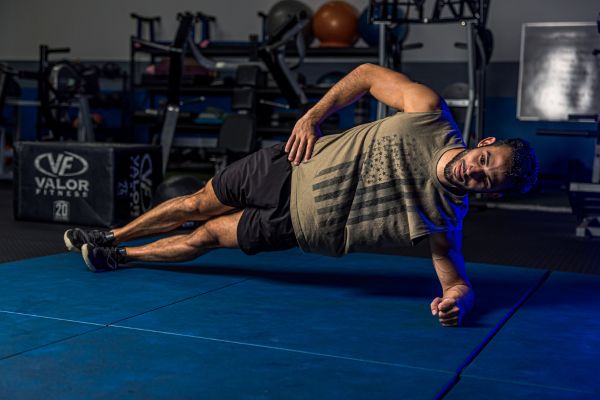
Tricks to Enhance Your Bodyweight Workout
Use these tricks to supercharge your bodyweight workouts, turning them from good to great.
The difference is in the details, so apply these techniques and watch your results skyrocket!
Plyometrics for Power and Explosiveness
Want to add some serious power to your workouts? Incorporate plyometrics.
These explosive movements, like jump squats and burpees, boost your power and speed.
They recruit fast-twitch muscle fibers and increase your overall athleticism.
Add a few sets to your routine for an instant intensity upgrade.
Isometric Holds for Strength and Endurance
Isometric holds are your secret weapon for building strength and endurance.
Exercises like planks, wall sits, and static lunges challenge your muscles in a different way.
Hold these positions for 20-30 seconds to start, and gradually increase the time as you get stronger.
You’ll build serious muscle stamina and core strength.
Leverage Body Angles and Positions
Small adjustments make a big difference.
Changing the angle of your body can shift the focus to different muscle groups.
For instance, elevating your feet during push-ups targets your upper chest and shoulders more.
Experiment with different angles to find new challenges and keep your muscles guessing.
Here are some examples to try:
Push-ups: Elevate your feet for decline push-ups or do them on an incline to adjust difficulty.
Squats: Try narrow-stance squats to hit your quads harder, or widen your stance for more glute activation.
Planks: Lift one leg or arm to add instability and increase core engagement.
Incorporate Mobility and Flexibility Exercises
Mobility isn’t just about flexibility; it’s about moving better and preventing injuries.
Good mobility allows you to perform exercises with proper form and full range of motion, which leads to better results and a lower risk of injury.
Here are some mobility drills to add to your current workout routine:
Hip Circles: Improve hip mobility and reduce lower back strain.
Thoracic Rotations: Enhance upper back flexibility and posture.
Ankle Mobility Drills: Essential for squats and lunges to prevent knee pain and improve stability.
Mind-Muscle Connection
Engaging your mind with your muscles can take your workouts to the next level.
The mind-muscle connection is about consciously focusing on the muscle you’re working to maximize engagement and efficiency.
This leads to better muscle activation and growth.
Here’s how to improve your focus during workouts:
Visualize the Muscle Working: Before and during each rep, picture the target muscle contracting and expanding.
Slow Down Your Movements: Slowing down increases time under tension and helps you feel the muscle working.
Practice Controlled Breathing: Breathe deeply and steadily to maintain focus and control during each exercise.
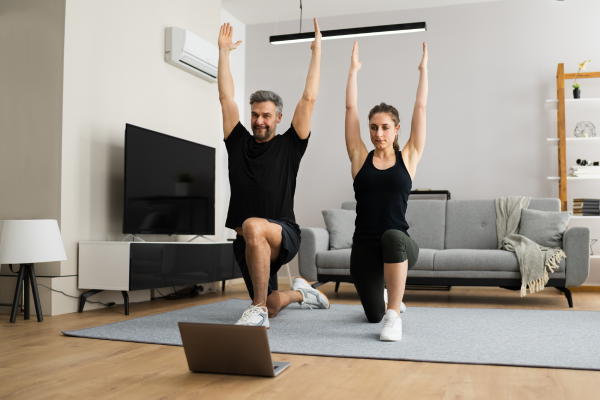
Wrap-Up
Implement these tips, avoid common mistakes, and you’ll see faster, more significant improvements in your bodyweight workouts.
Keep pushing, stay consistent, and enjoy the journey to a stronger, fitter you!
Warm-Up and Cool-Down: Start with dynamic stretches to prevent injuries and finish with a cool-down for recovery.
Form and Technique: Prioritize correct form to avoid injuries and effectively target muscles. Quality over quantity.
Progressive Overload: Challenge your muscles by increasing reps, sets, or exercise difficulty over time.
Variety: Mix up your exercises and routines to prevent plateaus and keep workouts engaging.
Tempo and Time Under Tension: Slow down movements to enhance muscle engagement and growth.
Consistency: Stick to a regular workout schedule for the best results.
Advanced Techniques: Use plyometrics for power, isometric holds for strength, and adjust angles to target different muscle groups.
Mobility and Flexibility: Incorporate drills to improve performance and prevent injuries.
Mind-Muscle Connection: Focus on engaging the muscles you’re working for better activation.



